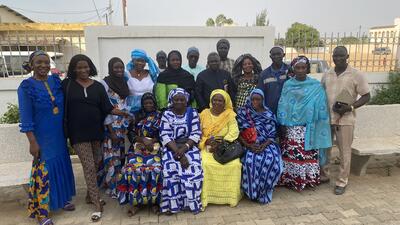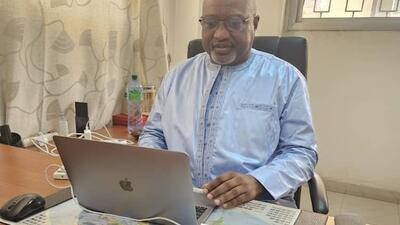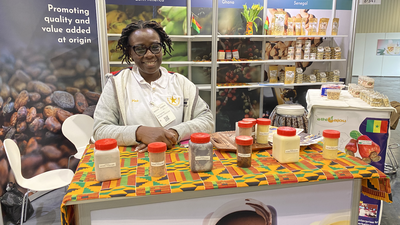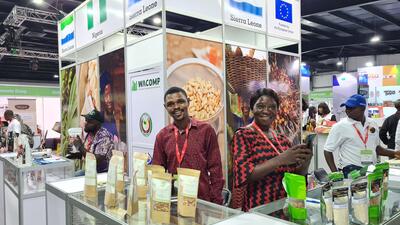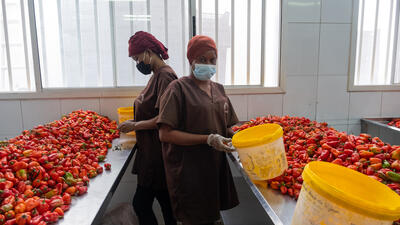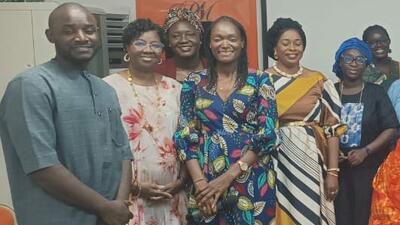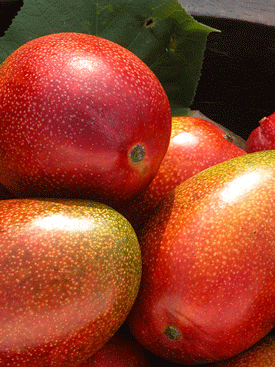
Helping mango producers to obtain quality certification (en)
Thanks to its exceptional environment, mangoes are found in plenty in Senegal's Niayes region. ‘All’ families in villages of the Niayes have their own mango orchards and, because the trees grow naturally and produce fruits in abundance, the villagers in the region describe mangoes as ‘a gift from God’.
Today, the sale of mangoes is a significant source of income and helps farmers improve their living standards. Traditionally, however, only a small quantity of the farmers’ mangoes is purchased by exporters. The majority of the mangoes produced for export are left to rot. According to exporters, this is because most of the mangoes produced do not satisfy the quality standards required for exports.
This explanation by exporters, along with the fact that exporters set their own purchase price, has prompted some Niayas’s mango producers to organize themselves into two 400-member strong groups aimed at improving the quality of their yields in a bid to obtain Globalgap or bio-farming certification. This could enable them to access export markets on their own and is why ITC was asked to assist the two groups.
During the first step of this project, the diagnostic quality analysis, efforts have focused on evaluating and establish requirements that must be fulfilled to obtain either Globalgap or bio-farming certification. Twenty members were chosen from each producer group to participate in the diagnosis. This included a full audit of each group's documentation system; identification of good farming practices in each of 40 orchards visited; and an assessment of the skills and knowledge of producers in relation to the requirements of the two ‘quality standards’.
The diagnosis found many positive practices, but also several shortcomings that prevented the farmers from achieving quality standards for their produce.
One of the groups, for example, had only the minimum documentation necessary for bio-farming and was therefore certified. The same group, however, did not meet any of standards for required for Globalgap certification. The other group had yet to start developing a documentation system.
As a result of the findings of the diagnostic-quality analysis, an action plan with recommendations on how to improve practices was developed. Both groups are now preparing to implement in the coming weeks the action plan in a bid to meet the quality-standard requirements and as such obtain proper certification.
Learn more about NTF II Senegal.
Learn more about Globalgap.




